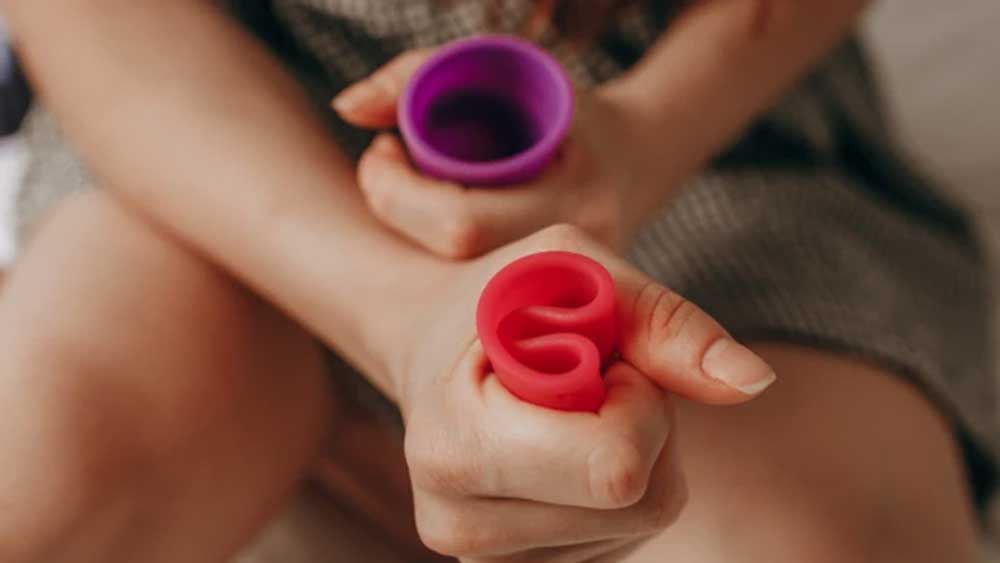The usage of menstrual cups has become a common phenomenon in women. They are becoming more and more popular worldwide as an environmentally-friendly substitute for sanitary pads and tampons. However, medical professionals are now cautioning against using them. A recent study found that improperly positioned menstruation cups might cause severe side effects, such as kidney issues.

In the British Medical Journal, doctors described how one woman developed uterohydronephrosis, an enlarged kidney brought on by obstructed urine flow into the bladder, as a result of wearing an improperly fitted menstrual cup. According to the medical paper, a 30-year-old woman sought treatment for six months after experiencing sporadic side pain and blood in her urine. She had consulted medical professionals, since she couldn't handle the pain.
The ureter, the tube that transports urine out of the kidneys, and the right kidney were both enlarged, according to scans. Additionally, the scans revealed that the woman's menstrual cup was situated adjacent to the ureter's entrance into the bladder. The doctors therefore concluded that ureterohydronephrosis was the cause of the obstruction in the urine flow caused by the incorrect placement of the menstrual cup.

In recent years, silicone menstrual cups have gained widespread acceptance. Menstrual cup users have praised the invention for being sustainable and reusable. Additionally, they can be used for up to 12 hours before they need to be emptied. According to a study published in The Lancet Public Health, menstrual cups are safe to use and might be just as good at stopping leaks as other sanitary items. According to the research, the cup is a good choice in developing nations where menstruation products are expensive and difficult to obtain in rural locations.
Additionally, researchers discovered that using the menstrual cup did not pose any additional health hazards. They said that menstruation cups had no detrimental impacts on the bacteria that reside inside the vagina, known as vaginal flora, which could cause infections or vaginal discharge. Additionally, the study allayed fears and anxieties related to toxic shock syndrome (TSS). For those who are not aware, TSS is brought on by the bacteria known as Staphylococcus aureus, or Staph, and usually occurs when good hygiene practices are not followed, such as washing your hands before taking out and re-inserting your menstrual cup. Dizziness may occur in severe TSS cases. Nevertheless, the study found little evidence linking the use of menstruation cups to TSS. Other medical professionals also discovered that menstruation cups rarely have serious adverse effects when used appropriately.

As much as menstrual cups are widely used and accepted, a lot of younger people and first-time users find it difficult to use, particularly when it comes to removal. According to a recent survey of 530 young women, many of them had trouble removing the menstrual cup on their first try.
The proper way to remove menstrual cups
The menstrual cup should be folded and inserted with clean hands, pointing it towards the base of the spine. Make sure the cup fully opens up after inserting it. To accomplish this, gently twist it or change its position. According to experts, the cup should sit lower than a tampon. Additionally, avoid pulling on the stem while removing it. Instead, squeeze the bottom of the cup to break the seal and wiggle it off.